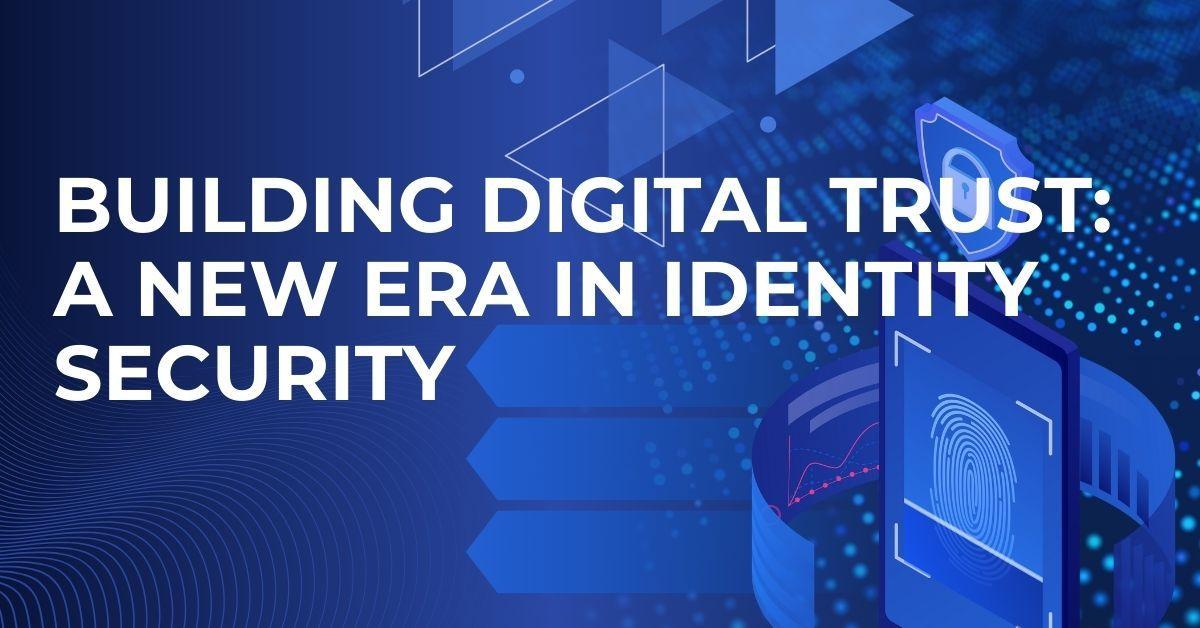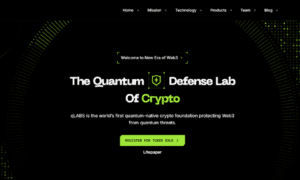In an era of growing cyber threats and expanding digital ecosystems, the way organizations manage credentials is undergoing a fundamental transformation. Aditi Mallesh, an academic researcher in emerging identity systems, delves into a revolutionary concept—the Immutable Identity Ledger—aimed at dismantling the risks posed by centralized identity repositories. Her work explores a forward-thinking architecture that addresses modern security needs while empowering users with greater control over their digital footprints.
Decentralization Over Central Control
At the heart of this new approach lies the power of decentralization. Instead of storing sensitive credentials in a single, attack-prone database, identity information is spread across multiple nodes using distributed ledger technology (DLT). This structure prevents single points of failure and drastically reduces the risk of mass data breaches. Through the use of Decentralized Identifiers (DIDs) and Verifiable Credentials (VCs), identities become self-sovereign—controlled by the individual rather than any central authority.
This redefinition of identity architecture not only enhances privacy but also boosts resilience. By enabling third-party verification without accessing a central database, organizations can enforce security while maintaining user autonomy.
The Blockchain Backbone
The Immutable Identity Ledger leverages enterprise-grade permissioned blockchains like Fabric and Ethereum derivatives. These frameworks offer critical features such as access control, privacy enforcement, and modular identity management tools. Unlike public blockchains, permissioned ledgers allow precise governance over who participates in the identity network.
By separating identity and data flows, and enabling confidential channels through private subnets, these platforms offer an ideal environment for secure credential storage and verification. Moreover, their compatibility with existing security protocols supports smooth integration into enterprise infrastructures.
Smart Contracts: Automating Trust
One of the most transformative elements of the Immutable Identity Ledger is the integration of smart contracts. These self-executing programs perform essential identity functions like credential issuance, revocation, access authorization, and activity auditing. By automating these operations, organizations reduce manual errors and insider threats.
The adoption of smart contracts allows for identity governance that is transparent, traceable, and tamper-proof. This not only streamlines compliance but also enforces security policies in real-time, eliminating delays between policy definition and enforcement. Additionally, these self-executing contracts reduce human error, minimize intermediary costs, and create immutable audit trails that bolster overall trust in digital systems.
Cryptography: The Security Multiplier
Advanced cryptographic methods ensure the ledger’s resilience even under attack. Merkle trees allow quick verification of data integrity, while Zero-Knowledge Proofs (ZKPs) let users prove identity credentials without revealing any underlying information. Multi-Party Computation (MPC) further reinforces this by distributing private key operations across several nodes, eliminating single points of cryptographic failure.
Together, these techniques form a security trifecta that enables privacy-preserving, high-assurance identity verification. With post-quantum resilience in sight, this framework is poised for long-term adaptability.
Bridging Old and New
To achieve practical implementation, the system seamlessly integrates with legacy protocols like OAuth 2.0, OpenID Connect, and SAML 2.0. This compatibility supports enterprise-grade Single Sign-On (SSO) and Just-in-Time provisioning, ensuring that access decisions can be dynamically enforced at the point of need.
This interoperability ensures that while the backend benefits from blockchain’s immutability and security, the user experience remains familiar and frictionless. It also allows gradual migration rather than wholesale system replacement, enabling seamless adoption across diverse technological ecosystems.
The Payoff: Security and Beyond
The benefits of adopting an Immutable Identity Ledger extend far beyond cybersecurity. Organizations can expect fewer instances of identity fraud, stronger inter-organizational trust, and enhanced compliance readiness. By eliminating central honeypots of data and aligning with zero-trust principles, the system supports continuous authentication without compromising privacy.
Furthermore, it empowers users with agency over their data, reducing reliance on intermediaries and streamlining digital interactions across sectors like healthcare, finance, and public services.
In Conclusion,The innovations captured in the Immutable Identity Ledger mark a pivotal step toward building secure, user-centric digital ecosystems. Through the strategic use of decentralized infrastructure, cryptographic safeguards, and standards-based integration, this system provides a robust blueprint for the future of identity security. As outlined by Aditi Mallesh, such decentralized frameworks are poised to redefine not only how credentials are managed, but also how trust is built and maintained in a hyperconnected world.



































